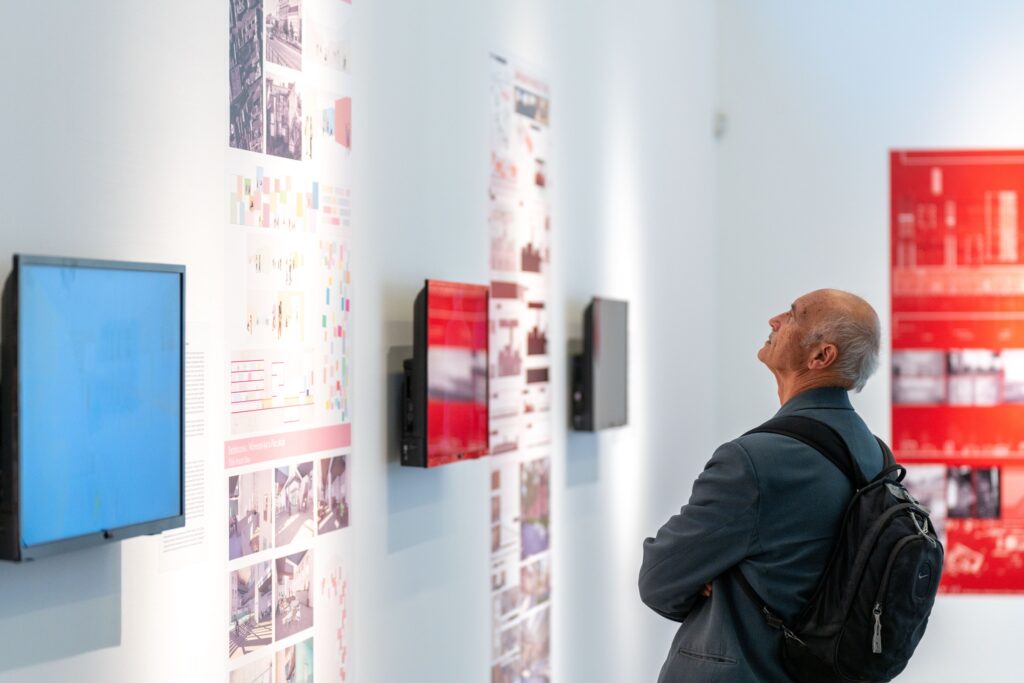El Greco, botany, animation. Just a few of the themes currently on display in temporary exhibitions in Debrecen. Unique visual experiences and the exciting, thought-provoking themes behind them are on display at current exhibitions at MODEM, Déri Museum, Bényi Gallery and Méliusz Library.
Signs along the way – exhibition by contemporary visual and animation artist Milorad Krstič
Milorad Krstić’s work captivates the viewer at first sight. At work in his works is our eternal quest to continue to the end to personally decipher the world, the process of making sense of it. Through his exploratory and experimental creativity, Krstic also installs a strong added value in his works: he affirms the ideal of lifelong human development and learning. In art, as in philosophy and science, there is a desire to know, and a respect for human knowledge that frames our personal adventure of exploring the world.
The exhibition is on view until 15 January 2025 at the Bényi Gallery in the Kölcsey Centre.
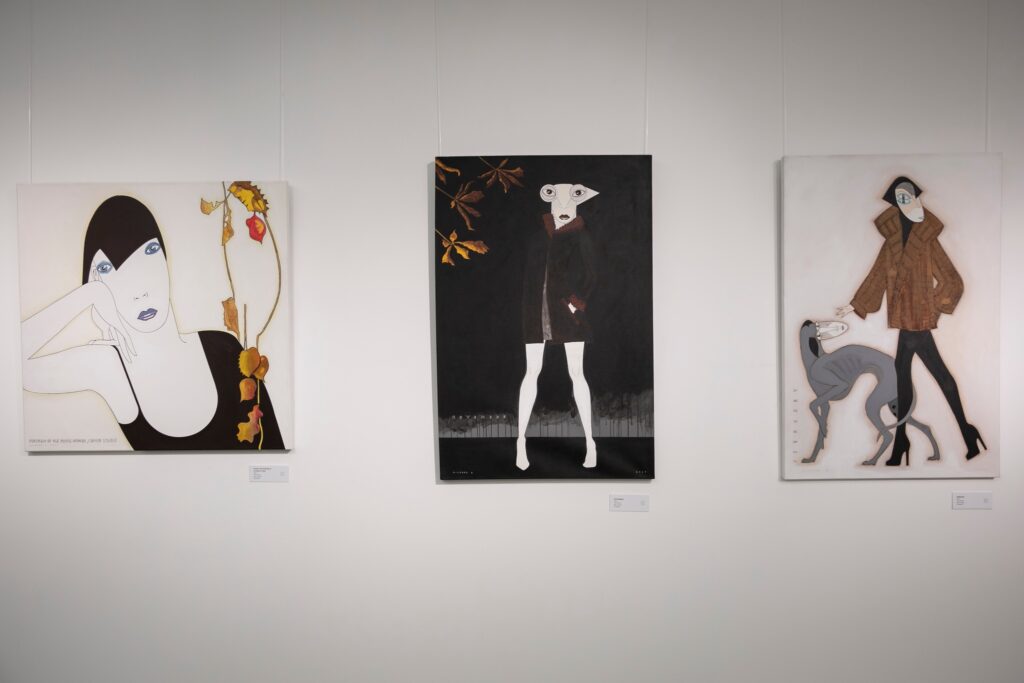
“At the Same Time, Same Place” – Central and Eastern European children’s book illustration exhibition
The Méliusz Juhász Péter Library hosts the contemporary illustration exhibition “At the Same Time, Same Place” by the Deák17 Children and Youth Art Gallery and the PesText International Literary and Cultural Festival, which presents a special selection of Hungarian, Romanian and Slovakian contemporary artists from Hungary and Transylvania.
The exhibition is on display at the Méliusz Juhász Péter Library from 29 November 2024.
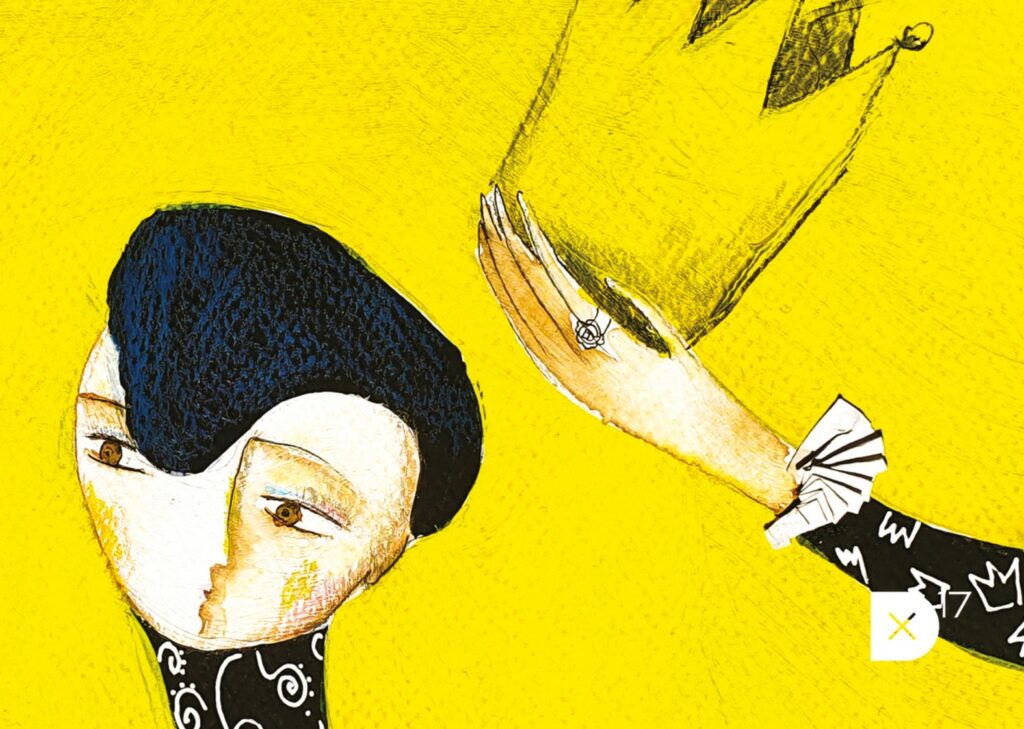
El Greco: Annunciation
El Greco’s unique painting was founded on the cultural traditions of three countries and was seen by some artistic movements as a forerunner of their own when it was rediscovered in the 19th and 20th centuries. Most of his paintings are linked to a religious theme or biblical figure, and thanks to his patrons, there are many variations on a theme within his oeuvre. He himself repeatedly painted the angelic greeting, a type of painting that was popular even before the Renaissance. Some versions are dominated by a built environment or a musical angelic angel. In his work of around 1600, however, he uses a closed, three-panel composition with few pictorial elements to depict the Gospels, abandoning the spatial structure. Gabriel the herald conveys the divine will with a delicate hand gesture, while the Virgin Mary, turning back over her prayer book, assumes it with a similarly graceful gesture. Between them, the dove of the Holy Spirit descends among the clouds, pierced with light.
The painting is on display at the Déri Museum until 12 January 2025.
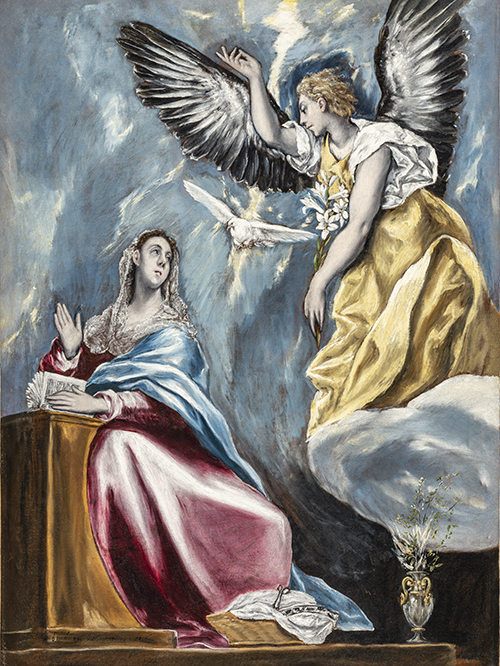
“I looked up to the great seeded sky…” – Enikő Gyöngy enamel and jewellery artist, folk craftsman and her family exhibition
In preparation for the Advent season, an exhibition of Enikő Gyöngy’s wonderful enamel and ceramic works will open on 29 December from 16:00 in the exhibition space of the Vojtina Puppet Theatre in Kálvin Square. The folk artist came into contact with the fire enamel technique at the Debrecen Teachers’ Training College, her interest from the beginning was directed towards the ancient goldsmith enamel techniques, especially the cultivation of the diaphragm enamel.
In 1997, he founded the Pearl House Enamel Workshop, a creative community aimed at restoring the former status of enamel art, in which his students and children participated. In 2018, he added feltmaking to the activities of the workshop and launched the Pearl House Workshop, where she shares his professional experience and knowledge of more than thirty years.
The exhibition is open until 26 January 2025 in the exhibition space of the Vojtina Puppet Theatre in Kálvin Square.
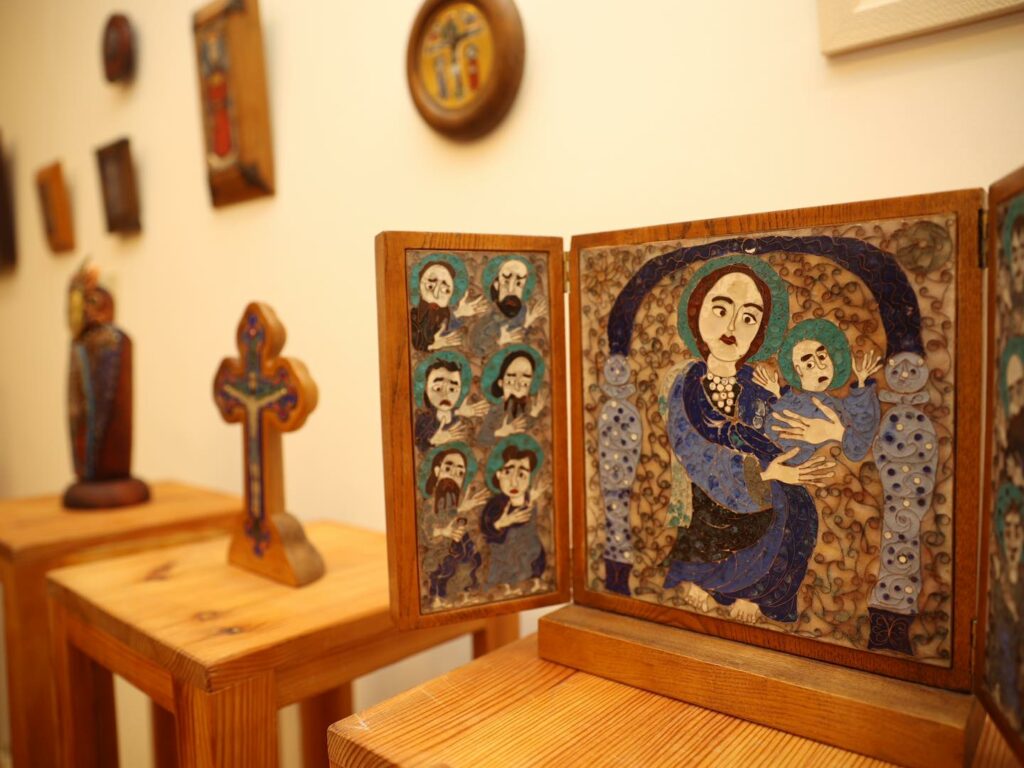
The Radics family gingerbread exhibition
László Radics was born in Debrecen in 1950. He completed his secondary school education at an industrial vocational training institute and then worked as a medical technician for 10 years. His wife brought the gingerbread craft to the house. Zsuzsanna Pázmándy is a descendant of the famous Harsányi and Pázmándy families, the famous gingerbread dynasty of Hajdúböszörmény, who practised the craft from the 1890s. László Radics became a member of the family in the 1970s. He took over the management of the workshop in 1984 and became an independent gingerbread maker. He worked in the old workshop in Hajdúböszörmény until 1988. Then, in the family house in Alvinczy Street in Debrecen, the master built a new workshop, where he also moved his honey heritage: the old tools, props, wooden moulds and 100-150 year old beating trees. And of course, he brought all the tricks of the old honeymaking trade with him to the hearty town, including the unmistakable recipes of the famous ancestors.
László Radics quickly became one of the most sought-after gingerbread makers, not only in Hungary, but also in Rome, London and Paris. The master is now in his retirement years, and his grandson Bence is the main source of joy. He still visits the workshop on Alvinczi Street from time to time, helping his son and his wife, who took over the business in the autumn of 2021. Now the 5th generation is carrying on the family legacy of 130 years.
The exhibition will be on show in Gallery 21 until 10 January 2025.
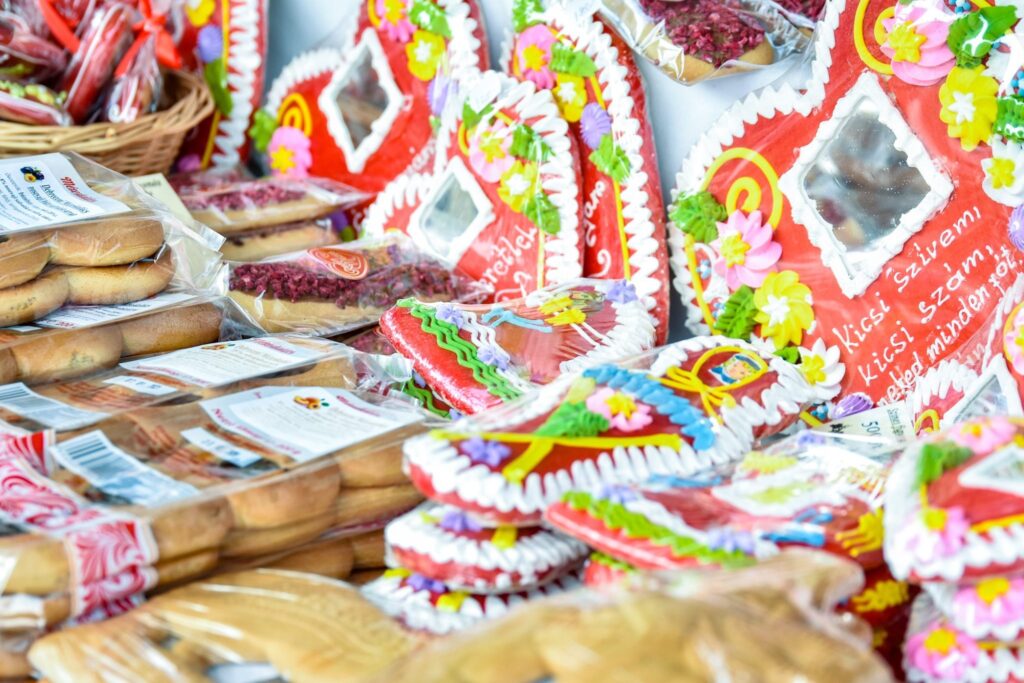
Learning from nature? – Botany
Debrecen has had a special place in the history of Hungarian botany for centuries. With the Herbarium (1578) by Péter Juhász Méliusz and the two-volume Hungarian Herbarium (1807), the basic handbook of Sámuel Diószegi and Mihály Fazekas, the city has long been considered the Hungarian center of botany and natural sciences. MODEM’s latest exhibition builds on this diverse heritage by showcasing Debrecen’s unique natural collections and attractions, such as the Debrecen Reformed College Museum, the University of Debrecen Botanical Garden and the Hortobágy National Park.
MODEM’s newest temporary exhibition explores 3 main themes: the observation of Anthropocene mosaic landscapes, the reinterpretation of natural symbolism and the use of speculative storytelling. From 7 December 2024, visitors will have the opportunity to explore and even reimagine different ways of living with nature.
The artworks on display were created during the intensive two-week summer workshop at the Debrecen International Artists’ Colony, which MODEM organized for the 9th time in the summer of 2024. Invited artists, architects, musicians and designers immersed themselves in the rich natural history of Debrecen and its surroundings, stimulating both artistic research and interdisciplinary collaborations.
The exhibition is on display at MODEM until 9 March 2025.

Scorched city
Bombing of Debrecen 2 June 1944
On the 80th anniversary of the first bombing of Debrecen on 2 June 1944, the Déri Museum opened a new temporary exhibition entitled The Scorched City – The Bombing of Debrecen on 2 June 1944. The city, which had been spared the ravages of war until then, was shocked by the Allied air attack. The Déri Museum’s exhibition depicts this fateful day and the devastation, but also commemorates the rescue efforts, the victims and the hard work of the determined inhabitants of the town who made it livable again. The exhibition is made even more unforgettable by the words of László Timár, 93, who lived through the bombing with his family.
The exhibition is on display in the Zoltai Lajos Hall of the Déri Museum until 2 March 2025.
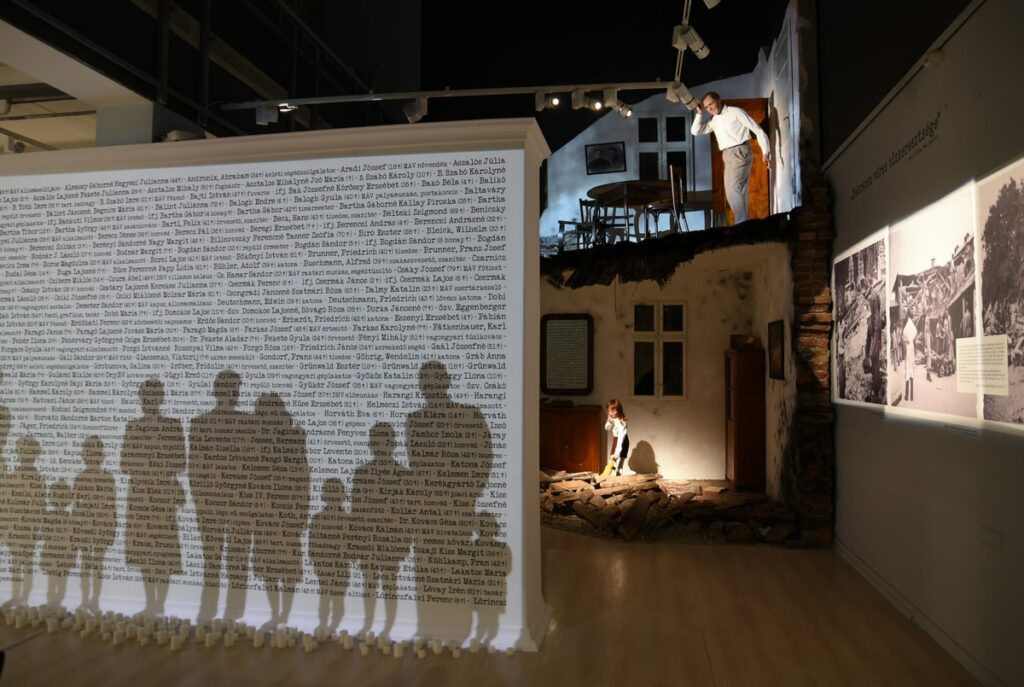
Dancing haystacks – 100th centenary exhibition of Imre Égerházi’s life work
The painter of silent contemplation was born on 1 September 1925 in Hajdúhadház, as a late descendant of János Egerházi Képíró, a fresco painter from Mezőbándi who worked in the 17th century. In the early 1930s, as a young child, he moved with his parents to Debrecen, where he later studied at the free school of fine arts under the guidance of painter József Menyhárt.
His art was shaped by his own life, landscape, community and personal experiences. His work is characterized by allegorical depictions of natural objects, houses and landscapes, especially the Alföld, the Hortobágy and Transylvania, but also by an atmosphere of sacrality, transience and contemplation. The exhibition is an attempt to present a broad spectrum of his rich oeuvre: the fruits of his prolific creative periods, his choice of distinctive themes and his unique technical solutions.
The exhibition will be on view at MODEM until 12 January 2025.
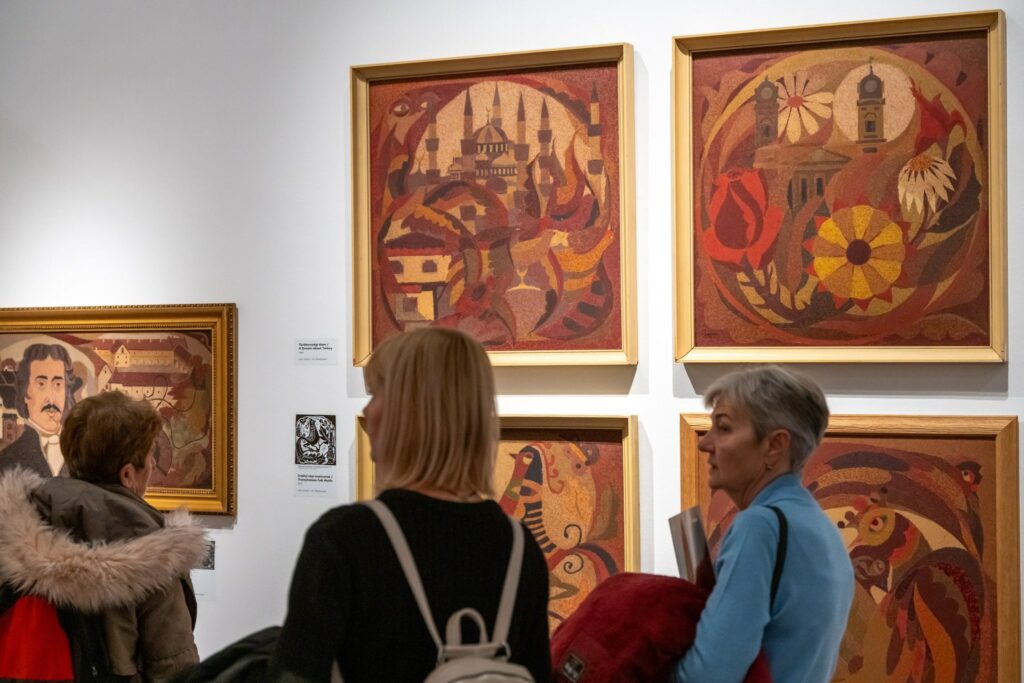
The potential of an art faculty in Debrecen
In September 2023, in cooperation with MODEM and the Department of Architecture of the University of Debrecen, Master of Architecture students took a course on the question of what kind of building the Faculty of Arts could be built in which area of the city and in what form.
One of the starting points for the project was the realization that Hungary is a capital city-centric country in terms of cultural history. This is why it is worth paying more attention to the potential of rural art faculties and art institutions, and to develop them in order to create a more diverse system of contemporary art institutions in Hungary. We believe that the creation of a Debrecen art faculty would definitely strengthen the city’s social and cultural position in the country and the region.
In this context, we also thought it essential to ask the professionals who actively shape the artistic life of Debrecen, so that visitors can learn about their responses alongside the architectural ideas.
The exhibition will be on display at MODEM until 26 January 2025.
